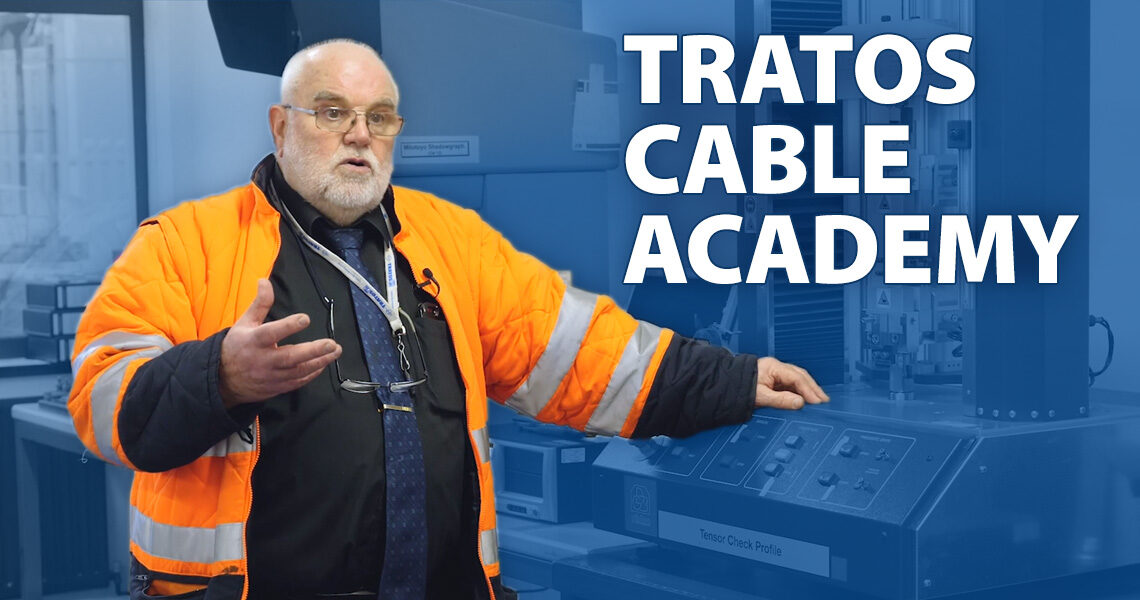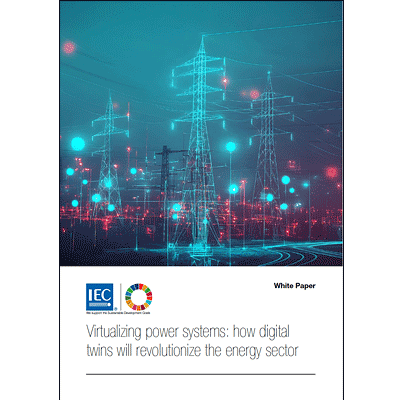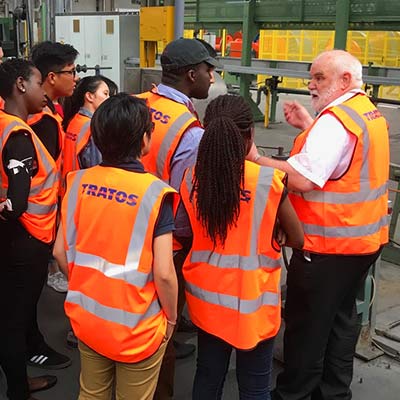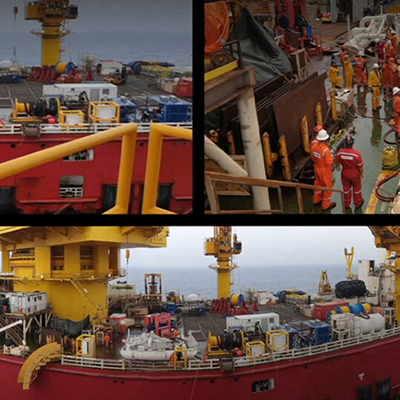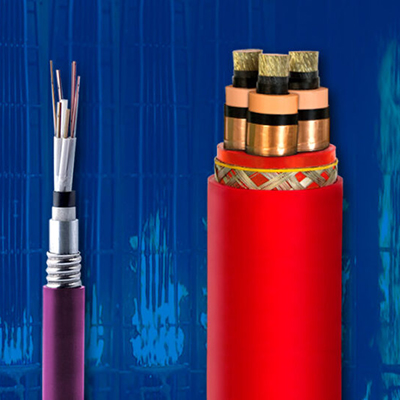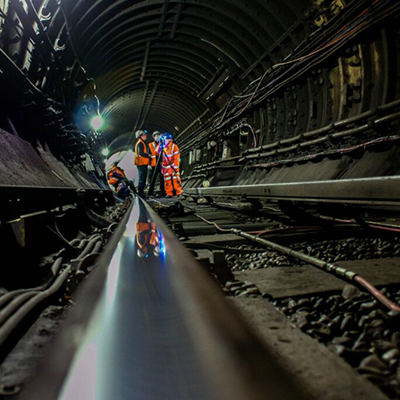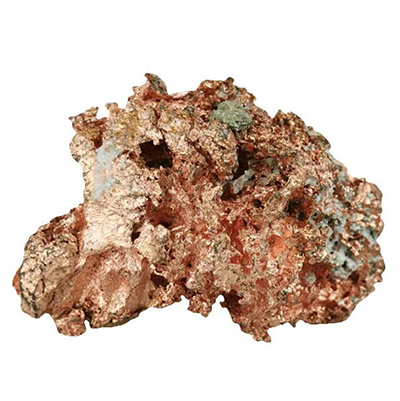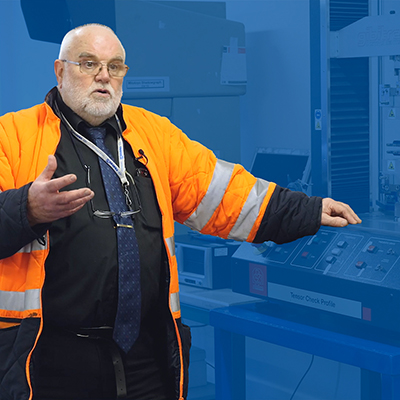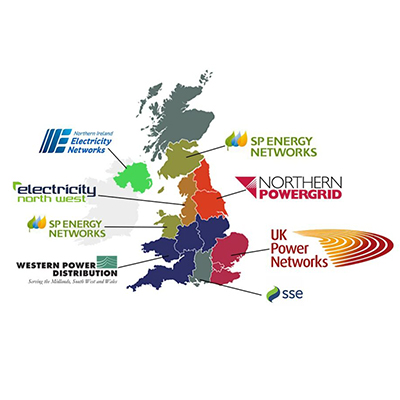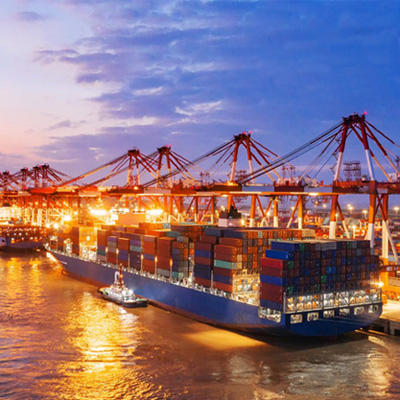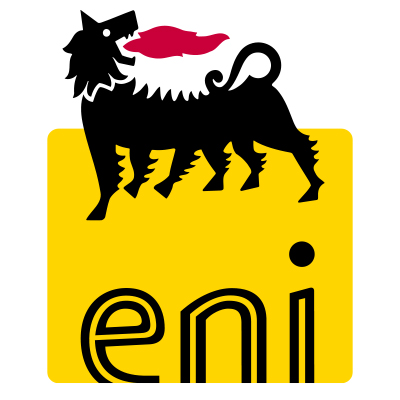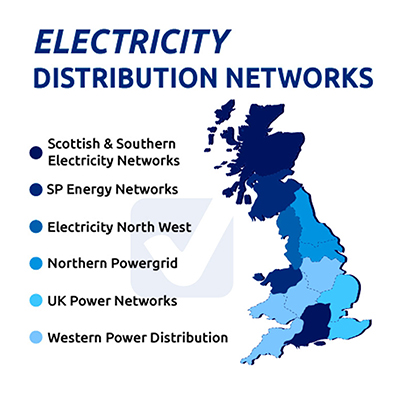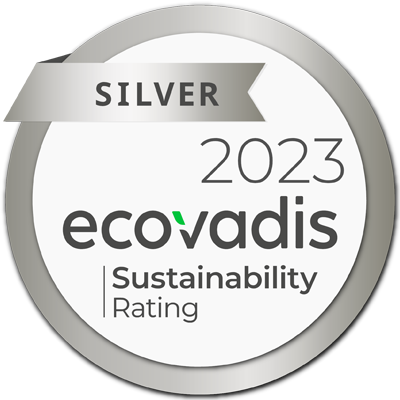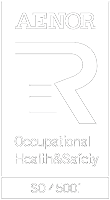The Tratos Cable Academy was set up to advance a culture of innovation within the company and to invite interested parties to find out more about the innovation process, product R&D, and the new technologically advanced cable the company is developing.
Q&A – Cables & Electricity:
- What is voltage rating?
- What is a Tri-Rated Cable?
- What are the differences between Flame Retardant and Fire Resistant Cables?
- What is the difference between an Approved and a Certificated product?
- What is a BSI-approved cable?
- What are the types of polymeric materials for cable insulation and sheath?
- The Benefits of Buying Directly from a Cable Manufacturer
The Cable Academy also works with engineering and students to open a window onto one of the most fascinating and wide-reaching industries, also creating seminaries, workshops, collaborations with Universities, lectures, and publications.
Some of the topics
IEC White Paper: Virtualising power systems: how digital twins will revolutionise the energy sector
The new IEC White Paper on Virtualizing Power Systems: How Digital Twins Will Revolutionise the Energy Sector focuses on the benefits digital twins can bring. Effective use of digital twin technologies can help grid planners and grid operators manage their systems efficiently, helping them overcome infrastructural challenges.
What is voltage rating?
One of the most fundamental ratings assigned to an electric cable is that of voltage rating. The rated voltage of a cable is the reference voltage for which the cable is designed and which serves to define the electrical tests.
What are submarine cables used for?
According to Grand View Research, in 2019 the submarine-cables market was worth $21.3 billion and was expected to grow at around 7.1% from 2020 to 2027. As late as August of 2020 Technavio’s subsea cable market report (fibre) predicted a $4.34 billion growth (2020-2024), despite the impact of Covid. Even with the changes that hit the world economy, as late as November 2020 industry analysts were still predicting a 48% growth for the Europe-based submarine fibre cable market.
Flame Retardant and Fire Resistant Cables. What are the differences?
Whenever public space is planned, ‘planning for the worst’ keeps step. Fire and disaster planning is painstaking, so it is of the utmost importance that specifiers and contractors understand when to use Flame Retardant and when to use Fire Resistant cable, what the differences are and how the right choices should be arrived at.
Comparison of Overhead and Underground Cables
Almost everyone will be familiar with the sight of a line of overhead electric conductors stretching far off into the distance, supported from tall steel lattice towers or even small wooden poles but does everyone appreciate why overhead conductors are used instead of the buried cables which are invariably used within cities and towns?
Copper and our sustainable future
Copper was the first metal manipulated by humans, and it remains an important metal in industry today (Pappas, 2018). It can be found naturally in pure metallic form; therefore, it was relatively easy for ancient humans with their primitive tools to extract and use copper without the need for complicated techniques and technology that was developed later by the mankind.
Circular economy – Why Energy is essential and how we can achieve it
Tratos works sustainably and in the most environmentally friendly way possible. A good proportion of our own research and development is devoted to how we can improve our cables’ green credentials further. We have been a green company for well over a decade and today these properties are something that our clients expect and value – and we’re delighted about that.
DNO Approved Cables
Since 1980, Tratos has nurtured a close relationship with Transmission Network Operators (TNO’s), Distribution Network Operators (DNOs), Independent Distribution Network Operators (IDNO’s) and their contractors.
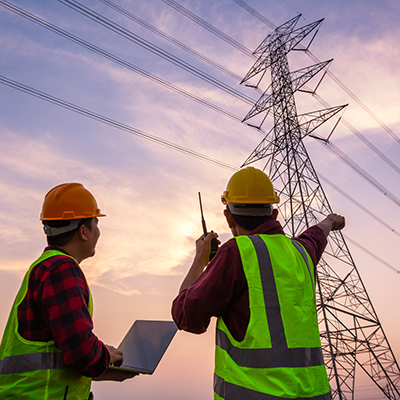
What is the difference between an Approved or Certificated product?
Previously the difference between certification and approval was that certification is the act of certifying (attest or confirm in a formal statement) while approval is an expression granting permission; an indication of agreement that a product meets requirements. Approval can be an agreement given verbally or in writing, whereas certification is always given in writing.
Shore Power, Cold Ironing or Shore Side Electricity
Shore power is the process of connecting ships to the port electrical grid in order to power onboard services, systems, and equipment. This enables ships’ diesel generators to be switched on with a resultant reduction in noise and emissions, such as particulate matter, nitrogen oxides, sulphur oxides, carbon oxides, and volatile organic compounds.
HyNet North West Project with ENI
The HyNet North West integrated project is aimed at decarbonising the important industrial district in the North-West of England. The project has received £33 million in funding from UK Research and Innovation (UKRI). Tratos, together with ENI is fully involved in the project in the attempt to give its contribution to sustainable development.
What are the Utilities?
The utility sector consists of companies that provide basic everyday amenities, including electricity, natural gas and water/sewage services. Utility companies are private, for-profit entities, but since they provide a public service, they are subject to substantial government oversight and regulation.
